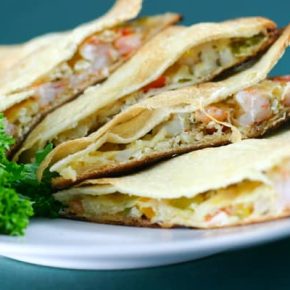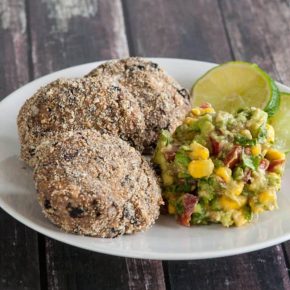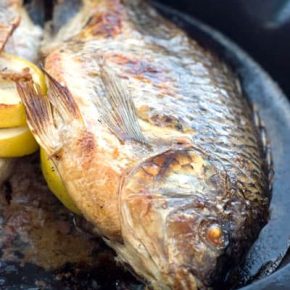Salmon From Norway and Norwegian Gravlax
This is a Sponsored post written by me on behalf of Norwegian Salmon for SocialSpark. All opinions are 100% mine.
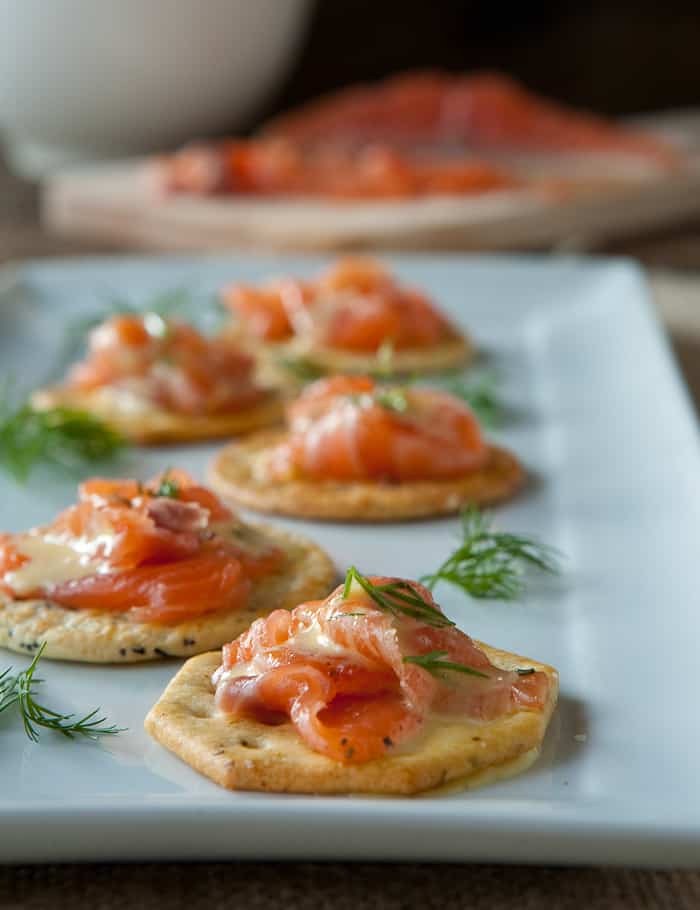
Salmon is something I have always loved, but never, until recently, really appreciated. Just like a fine wine, the origin of salmon, along with other seafood, does matter. And some of the finest quality salmon available is now coming out of Norway.
“Knowing exactly where your seafood comes from and how it was harvested is the best way to make a good choice for your family,” says Børge Grønbech, USA Director of the Norwegian Seafood Export Council. “Norway is proud of the rich history and cultural traditions that are a way of life for our salmon craftsmen. Given the nutritional importance of incorporating heart-healthy and protein-rich fish into your diet on a weekly basis, we want to educate seafoodies about the unmatched level of skill and painstaking care that goes into the way we raise and harvest our fresh, ocean-farmed salmon.”
The icy cold clear waters of Norway have influenced their rich fishing heritage for generations. The Norwegian passion for fishing that has developed over generations has helped them gain an international reputation for providing some of the finest, freshest seafood available. Currently Norway is one of the world’s largest suppliers of seafood, including both wild and farmed fish. Here’s a staggering number that will put Norway’s Seafood industry in perspective: more than 27 million meals which include Norwegian Seafood are consumed worldwide every day.
Norway is not only a leader in seafood production, they are also leaders in standards of excellence when it comes to the level of care and safety measures used to raise and harvest ocean farmed fish. Norway has been a pioneer in responsible ocean salmon farming since the early 1970’s.
This dedication to responsible fishing and respect for the environment was eye-opening for R.D., blogger Kate Geagan, M.S., R.D., who participated in an educational trip to Norway in April 2011.
“Norway has done a world-class job of linking responsible fisheries with ocean preservation and food security – two of the biggest challenges facing the world in our lifetime,” said Geagan in her June 5 blog titled ‘From Fjord to Fork? My Firsthand Look at A Norwegian Salmon Farm.’ “And remember that the science suggests that fish, even farmed fish, is always a better choice for dinner, from both a lean AND eco-friendly standpoint, when compared to other staples such as beef or pork.”
Norwegians cultural pride and deep respect for their environment continues to fuel them to constantly strive to have the strictest standards of excellence in the industry. This means they can provide us with the freshest highest quality salmon year round.
“The analogy I would give is that farmers in Norway are treating their salmon the way our organic farmers in the U.S. treat their farms,” said Ashley Koff, R.D., M.S., on a Good Morning America Health Segment, May 5, 2011, after also participating in an educational trip to Norway in April of 2011.
The salmon are grown slowly, as nature intended. They spend the first year of their life in hatchery tanks on land until they are strong enough for life in the sea. Then after one year, the salmon are carefully transferred to spacious, protected pens in the ocean. These pens are very large and allow the salmon maximum freedom to grow. Norwegian law even dictates that these pens must be 97.5 percent water to allow maximum comfort for the salmon.
At every point of the salmon’s development, they are being monitored closely. Technologically advanced systems help farmers and vegetarians monitor every aspect of their life, including when they are hungry and full.
The salmon are fed an all-natural diet, which consists of ½ marine raw materials like fish oil and fishmeal from wild fish and ½ vegetable raw, material, plus vitamins, minerals and antioxidants.
Did you know that the recent dietary guidelines from the USDA’s new “My Plate” recommend at least 2 servings of fish a week? The World Health Organization has also recommended increasing seafood intake as a way to improve the general health of the world’s population. These guidelines make incorporating protein-rich fish like salmon in our diets even more important than ever.
However, because of depleting fish populations in oceans worldwide, meeting this requirement could be difficult without farming. But with the help of responsible aquaculture, this goal is attainable.
“Norway is one of the biggest exporters of Atlantic salmon. Our seafood is enjoyed in more than 150 countries worldwide,” says Grønbech. “The reason for this success is Norway’s long traditions of harvesting seafood in a sustainable manner to ensure safe, delicious seafood supplies are available for generations of fish lovers to come.”
One of these cutting edge companies is Nova Sea located in Lovund, a small fishing village of just 423 residents. Aino Olaisen, the owner, takes the same pride in her family’s business as her father did when he started the business in 1972. Their devotion to providing the best quality product through basic principles of integrity, honesty and unsurpassed quality have lead to their success. They currently provide more than 425 million meals every day for the global salmon market.
Even though Aino’s company is a high tech global business, she says it provides a simple way of living and harvesting from the ocean that provides a sense of fulfillment to everyone apart of the Norwegian seafood industry.
“It’s amazing to be able to every day play an important part in people’s lives,” explains Aino. “Food is such a basic, simple part of people’s survival but at the same time, it’s indispensable. That’s why we take so much pride in providing the highest quality salmon to add taste and enjoyment to the lives of the people who eat it.”
Aino spent her early life watching her father struggle to establish a salmon farming business in the early 1970’s. His mission was to reverse the trend at the time of depopulation and depression in Lovund’s local trade and industry.
Born just a few years after the company was started, food production has been a natural and important part of Aino’s life. She started contributing to her family’s business at an early age, spending her summer vacations working on the farm. At age 16, Aino left Lovund to continue her education and later attended the Norwegian College of Fishery Science in Tromso. After 15 years of study and travel in Denmark, Ecuador and France, Aino returned home to start a family and continue with the family business in the hopes of passing down these traditions to her own family.
When asked why Americans should choose Norwegian Salmon, Aino says simply, “Norway has a long history of harvesting from the ocean and the Norwegian culture is strongly connected to the sea. Our salmon is healthy, delicious and produced in safe environments with complete traceability. Plus, Norwegian salmon contains important marine proteins and omega-3 fatty acids that are so important for the human body. That’s why Norwegians are so healthy.”
In fact, salmon is a regular part of her family’s diet, according to Aino. “We eat salmon for dinner at least once a week, and we often enjoy smoked salmon for breakfast and lunch,” she says. “My favorite way to serve it is to oven bake a salmon fillet in aluminum foil after sprinkling it with soy sauce, herbs, fresh chili, fresh ginger and a few drops of freshly squeezed lime. My family loves it served with fresh vegetables.”
I was lucky enough to have some fresh Norwegian salmon sent to me, directly from Norway. I baked some of it simply with a little lemon and dill. It was honestly the best salmon I have ever had. It has a wonderfully mild flavor.
For the rest of my salmon, I wanted to make a traditional Norwegian dish, Gravlax. It’s a cured salmon dish, something like I have never made before. It was extremely simple to put together, just a few ingredients. It’s just fresh salmon, salt, pepper, sugar and fresh dill.

You just put it together like so.
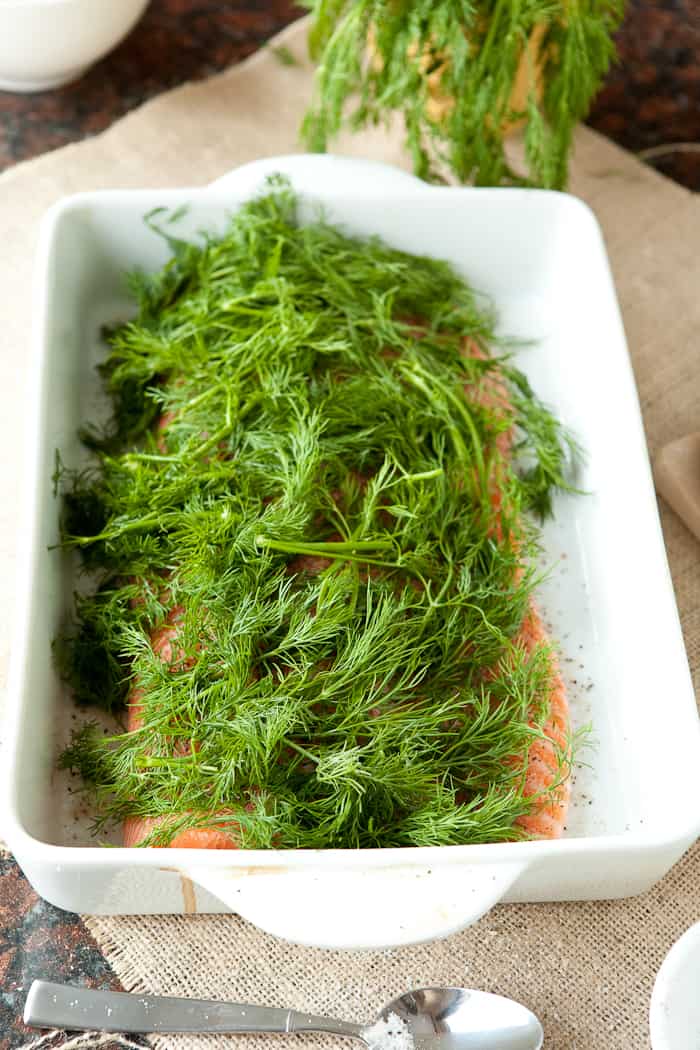
Then it cures in the refrigerator for a few days. And you have this very tasty cured salmon.
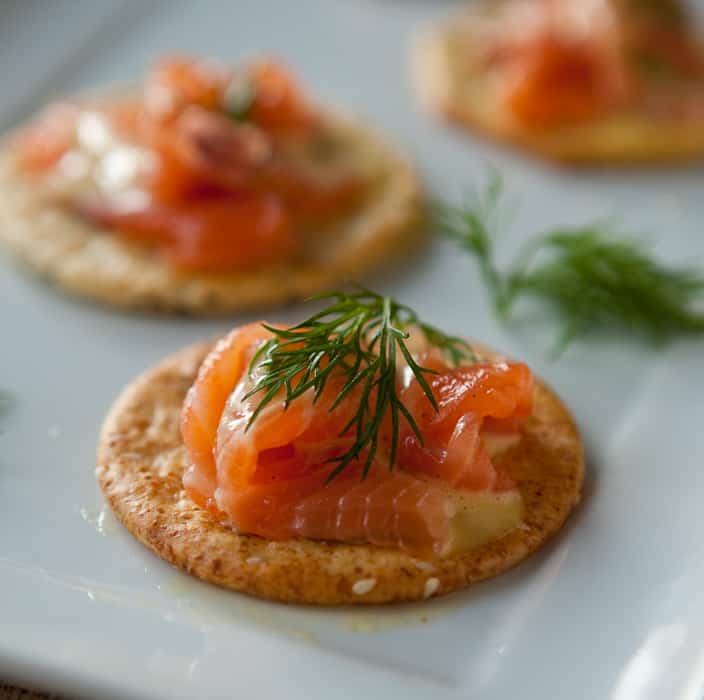
Norwegian Gravlax Recipe
No Norwegian lunch would be complete without one of Norway’s most distinctive dishes, gravlax. The name literally means “Grave-Salmon” and refers to the medieval practice of curing the raw fish by burying it in the sand above the high tide level.
Today gravlax is cured with sugar, salt and fresh dill to produce a fresh, delicate flavor that is traditionally eaten on open-faced sandwiches or with stewed potatoes

Norwegian Gravlax Recipe
Ingredients:
Salmon:
1 approx 2-lb salmon fillet, skin on
3 tbsp salt
2 tbsp sugar
1 tbsp coarsely ground pepper
1 bunch dill, coarsely chopped
Gravlax sauce:
4 egg yolks
½ tsp salt
½ cup vegetable oil or mild olive oil
1 tbsp sugar
1 tbsp white wine vinegar
½ tsp white pepper
1 tbsp mustard
2-3 tbsp finely chopped dill
Directions:
Trim salmon fillets. Scrape the skin well and remove all bones (if any).
Blend salt, sugar and pepper. Sprinkle half of the salt mixture in the bottom of a roasting pan, then sprinkle half of the dill over and place the fillet in the pan skin side down.
Press the remaining salt mixture and dill on the flesh side of the fillet, using light pressure.
Put fish in the refrigerator for 3-4 days. Turn it every day. Scrape seasoning and dill from the fillets before serving.
Add salt to the egg yolks and stir until it reaches a thick consistency. Slowly pour in the oil while whisking quickly until the sauce is a consistency similar to mayonnaise.
Stir sugar, vinegar, pepper and mustard into the sauce. Just before use add the dill. The sauce will keep in the refrigerator for up to 1 week.
Cut the salmon into thin slices and serve with gravy, stewed potatoes or bread and salad.
Did you make this recipe?
Be sure to share on Instagram with the hashtag #EclecticRecipes and tag me, @EclecticRecipes!About the Norwegian Seafood Export Council
Founded in 1991 by the Ministry of Fisheries, the Norwegian Seafood Export Council (NSEC) builds awareness of and educates the public on seafood from Norway. From the headquarters in Tromso, Norway and a U.S. branch in Boston, Mass., the NSEC carries out Norwegian seafood promotional, media, marketing and public relations campaigns and is a resource for market information in more than 20 different markets. Its entire efforts are financed by the Norwegian seafood industry itself. As the world’s second largest exporter of seafood, Norway provides quality, nutrient rich seafood to over 150 different countries, and is the world’s largest joint marketer of seafood. For more information on the NSEC visit www.seafoodfromnorway.com.
Ocean-farmed Norwegian salmon is available fresh year-round, is easy to prepare and is a good investment in your family’s health. For more information about ocean-farmed salmon from Norway, visit www.salmonfromnorway.com.


